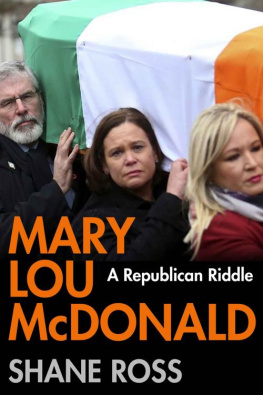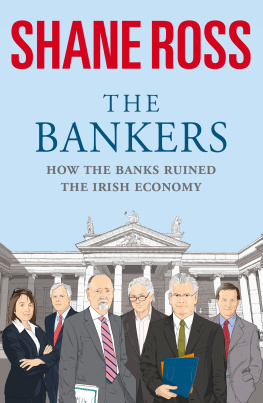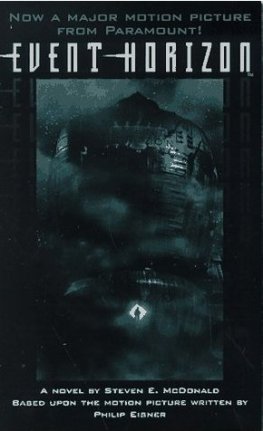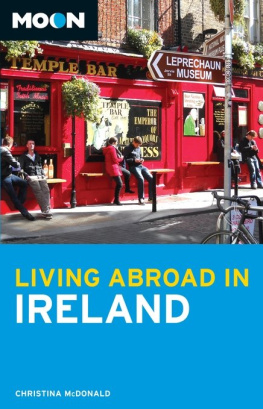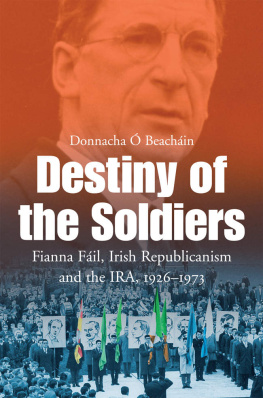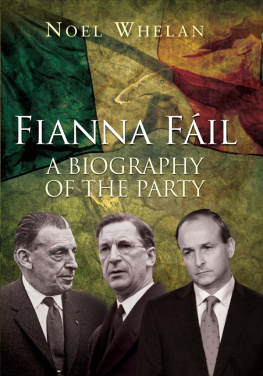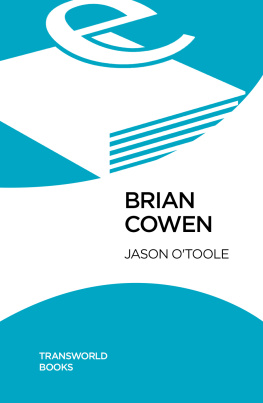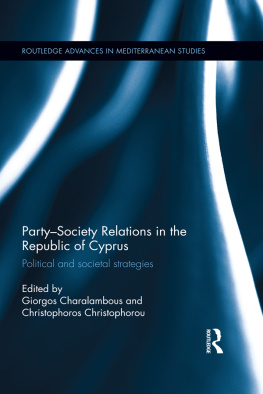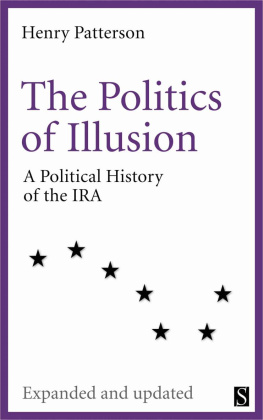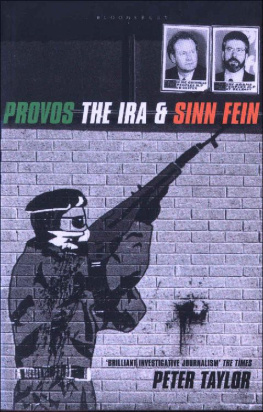

Published in hardback in Great Britain in 2022 by Atlantic Books,
an imprint of Atlantic Books Ltd.
Copyright Shane Ross, 2022
The moral right of Shane Ross to be identified as the author of this work has been asserted by him in accordance with the Copyright, Designs and Patents Act of 1988.
All rights reserved. No part of this publication may be reproduced, stored in a retrieval system, or transmitted in any form or by any means, electronic, mechanical, photocopying, recording, or otherwise, without the prior permission of both the copyright owner and the above publisher of this book.
Every effort has been made to trace or contact all copyright holders. The publishers will be pleased to make good any omissions or rectify any mistakes brought to their attention at the earliest opportunity.
10 9 8 7 6 5 4 3 2 1
A CIP catalogue record for this book is available from the British Library.
Trade paperback ISBN: 978 1 83895 589 2
E-book ISBN: 978 1 83895 590 8
Printed in Great Britain
Atlantic Books
An imprint of Atlantic Books Ltd
Ormond House
2627 Boswell Street
London WC1N 3JZ
Contents
INTRODUCTION
THE RIDDLE OF MARY LOU
Mary Lou McDonald never wore a balaclava. She never pulled a trigger. She never planted a bomb. She has never even been in prison. Indeed, it is unlikely that she has ever incurred as much as a speeding fine.
Today she leads a party full of hardened IRA veterans. Some are still puzzled by her selection as leader of Sinn Fin. Others are pleased that she is in control. She will never qualify for membership of the Felons Club, the exclusive hostelry in the heart of west Belfast frequented by IRA ex-prisoners. No doubt she would be warmly greeted as a guest, but she sports none of the wounds of war required for automatic admission.
The Felons Club is a semi-private hostelry at 537 Falls Road. According to its bye-laws, it was established to foster and maintain among Irish Republicans friendships formed during imprisonment or internment as a result of their service to the Irish Republican cause. It is a meeting place for many Irish Republicans, particularly IRA members who served time in prison. Full membership is restricted to those who have been imprisoned or interned for their Irish Republican beliefs.
Outsiders are allowed in, but shall not be supplied with intoxicating liquor in the club premises unless upon the invitation and in the company of a member. The rule would seem to more comfortably belong in posh, gentlemen-only, exclusive London clubs than in a bolthole for former IRA paramilitaries.
Mary Lou McDonalds failure to have been part of the IRA campaign is her greatest liability, and her greatest asset. She will never be the full Shinner. She will never command the same awe or respect as Gerry Adams or Martin McGuinness with republicans north of the border. Former occupants of the Maze prison are acutely aware that she never had blood on her blouse, not having suffered the indignities, physical brutality and pain of the long campaign. Adams and McGuinness were both war heroes who would qualify for the Felons Club. Yet these two former IRA leaders, from Belfast and Derry respectively, are the men who thrust greatness upon the well-spoken young woman from Rathgar in middle-class Dublin, handing her a mandate to lead both the IRA veterans and Sinn Fin newbies to the next stage in the partys pursuit of power, north and south.
In the Republic, Mary Lous detachment from the grisly IRA war of terror is an imperative if she is to win the Taoiseachs office. In the refined, hedge-clipped avenues of suburban Dublin there is little tolerance for the physical violence championed by her mentors, Adams and McGuinness, in the North over three decades. The gross injustices of Bloody Sunday and other British Army atrocities are deplored, but there is still no appetite for ambiguity or double-think on a policy that risks returning Ireland to former days. Mary Lous task is to convince Irelands citizens that she is a peacemaker, while reassuring militant Northern nationalists that their fight was not in vain; that the promised land of a united Ireland is coming and that it could not have been done without their sacrifices. Today she stands on the verge of being the first ever female Taoiseach, the first Sinn Fin cabinet minister in the Republic, but, more importantly, the president of a party that is in power simultaneously both north and south of the Irish border. History beckons.
Yet precious little is known about Mary Lou the person. The contradictions in her life so far prompt countless challenging questions. She is dogged by unsolved riddles.
As the author of this book, I must make a confession not of a vested interest, but of a prejudice, a weakness, perhaps. I have known and liked Mary Lou McDonald for many years. I worked with her while we were both in opposition on the Dils Public Accounts Committee (PAC) from 2011 to 2016. She was excellent company, lively and amusing. As a performer in the sittings of the committee, she was second to none. She would go straight for the jugular. Witnesses feared her sharp tongue and her speedy ripostes. She was well briefed by the highly competent Sinn Fin back office, which was grooming her for greatness. I confess to a similar love of the limelight, but she was a media darling with a talent for the sound bite that left me and others in the halfpenny place. We competed for the cameras, but it was a pointless contest. Mary Lou McDonald was a combatant without parallel for media coverage. Along with the PAC chair, John McGuinness, and others, we were given a dressing-down by the chief justice, Frank Clarke, for our aggressive questioning of Rehab boss Angela Kerins. The judicial rebuke didnt take a feather out of Mary Lou. She was refreshing, irreverent and fearless.
When I became a minister in 2016, my relations with Mary Lou and Sinn Fin remained good. Despite sitting on the opposition benches, the party supported my push for reform of the blatant political patronage in judicial appointments and of drink-driving laws. In turn, I willingly received Sinn Fin delegations, much to the horror of some of my Fine Gael cabinet colleagues. When Mary Lou asked me if, as minister for sport, I would visit a boxing club in her Dublin Central constituency, I willingly did so.
Consequently, in 2021, when I decided to write this biography, I had anticipated her co-operation, albeit limited. I understood that Sinn Fin is an ultra-secretive organisation that likes to control its own message. In June 2020, I rang Mary Lou, asking her to meet me for half an hour without divulging why. I wanted to tell her what I was about face to face. She graciously agreed, although at the time she was particularly busy in crisis talks in Northern Ireland, negotiating the proposed Irish Language Act.
The Dublin Bay South by-election was in full swing at the time. Mary Lou was campaigning intensely on the ground, so wanted to meet somewhere close by in the embattled constituency. She opted for a private house meeting, rather than a public caf, providing her with a short break from pounding the pavements. We met, alone, in a safe house belonging to my son, Hugh, in Ranelagh, Dublin 6.
When she arrived, I told her of my intention and the reasons for writing this book, primarily because she was likely to be Irelands next Taoiseach. She looked doubtful. She was bemused but noncommittal about her attitude to the project. She was modest, suggesting that she might even be too boring for a biography. I said that I would appreciate it if she would open a few doors, in particular to her family, because stories of her upbringing, her publicly unknown siblings, her mother, her father and her husband would be compelling. I had met her charming and highly intelligent younger sister, Joanne, a couple of times, her mother, Joan, and younger brother, Patrick, briefly, but knew nothing about the rest of her immediate family, let alone her reclusive, heretofore almost invisible, husband, Martin Lanigan. All six people merited a little exposure if we were to paint a fuller picture of the people who helped to shape the mysterious Mary Lou.
Next page
